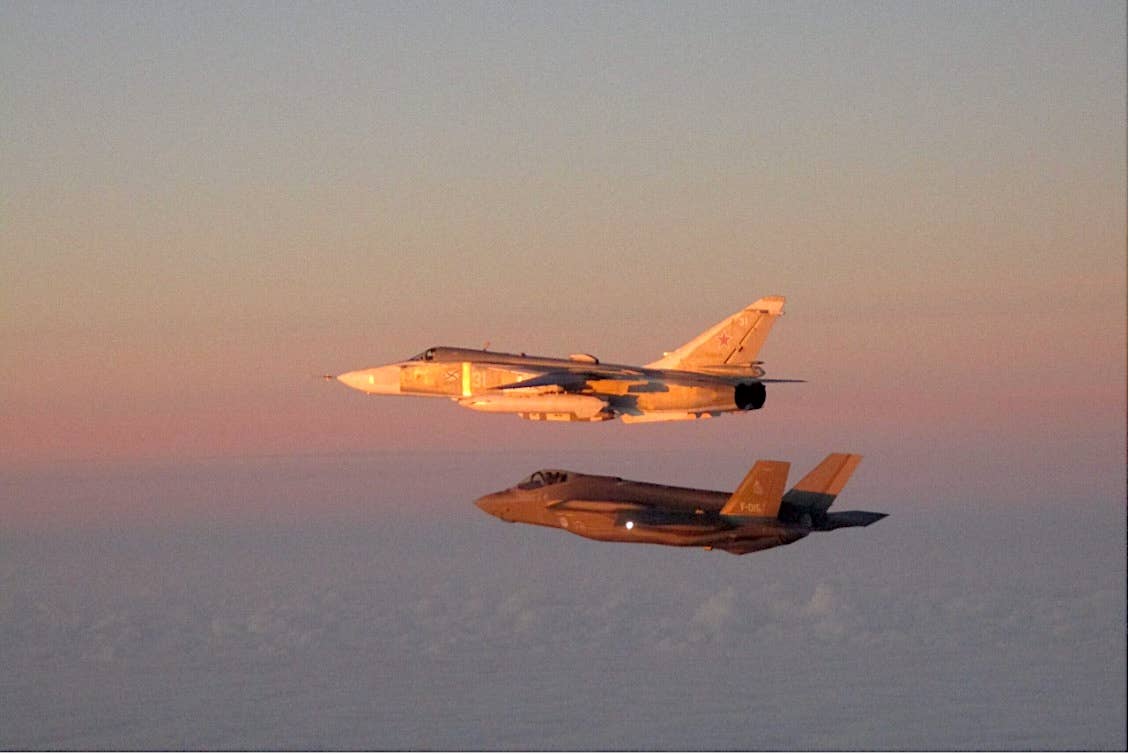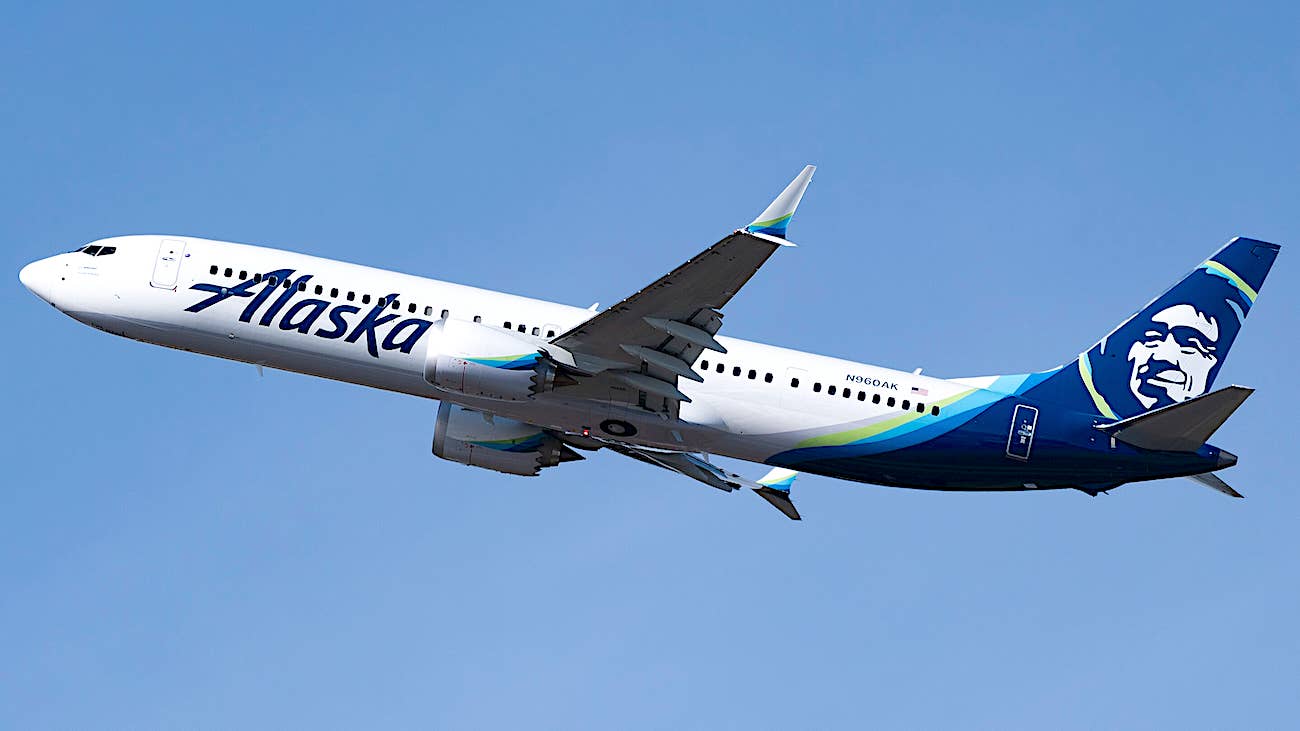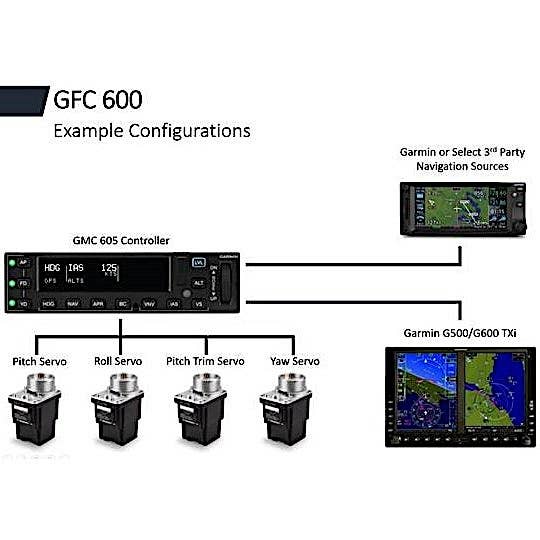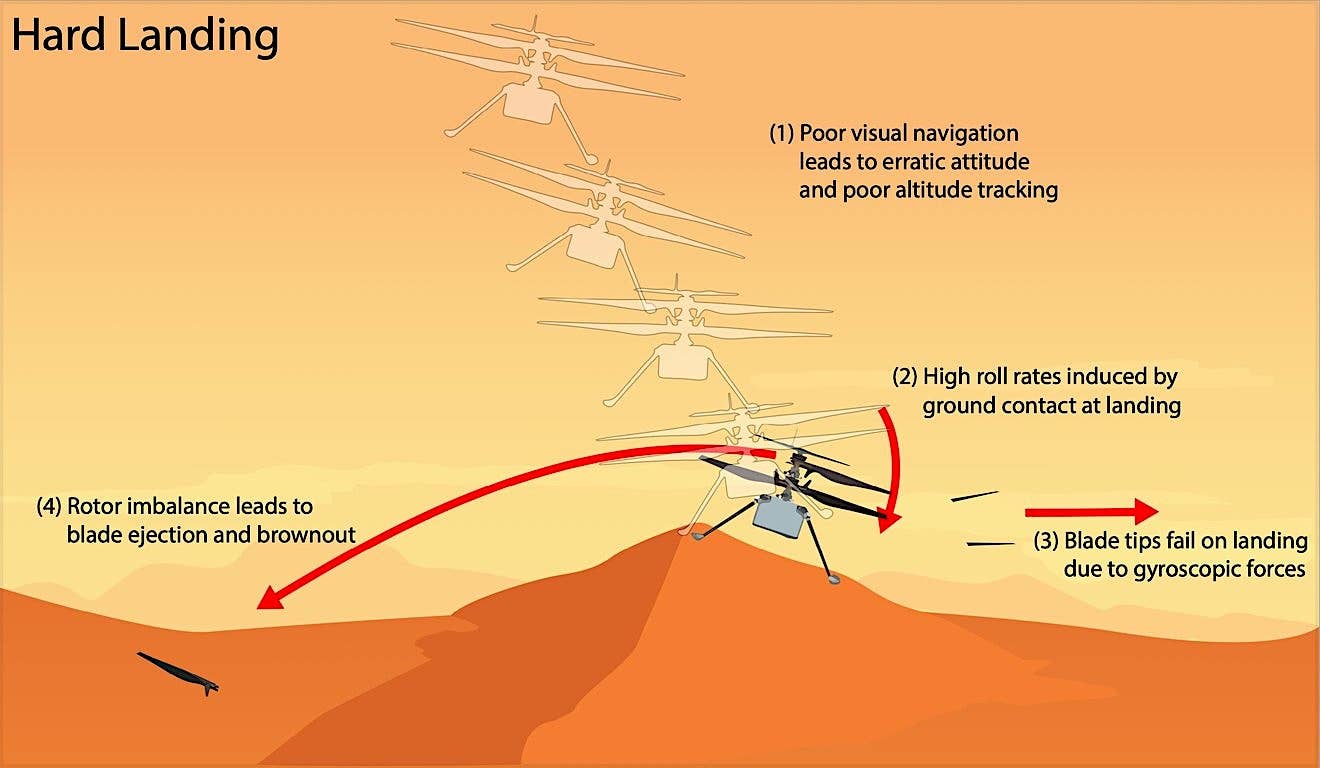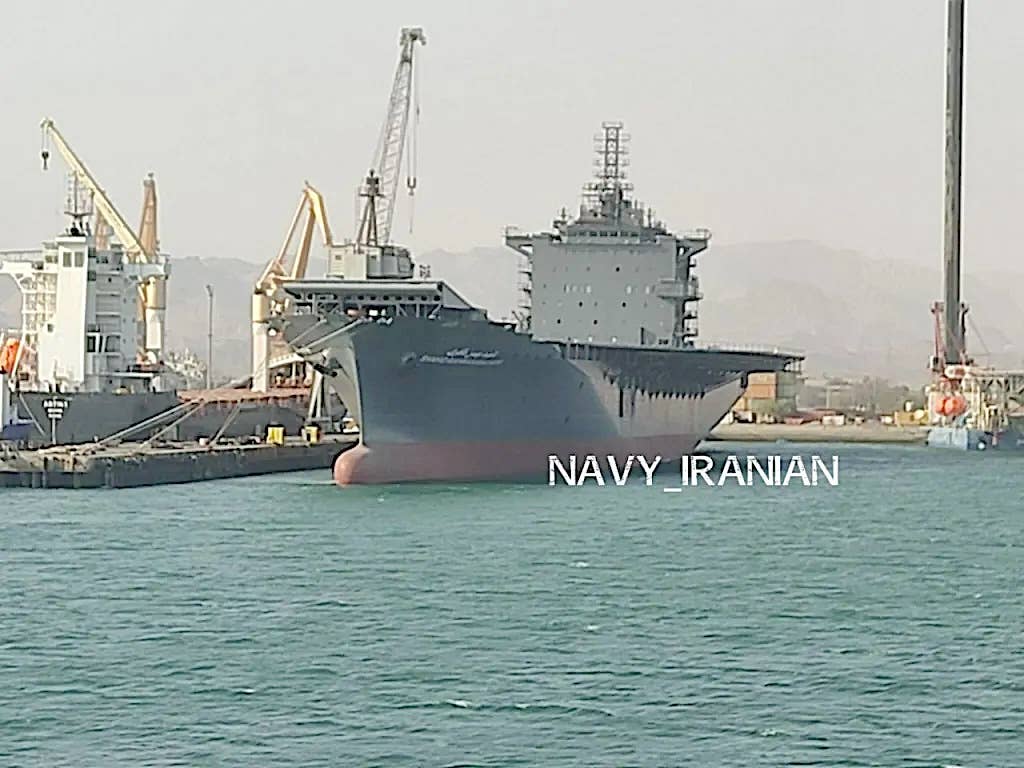F-16s Begin Autonomous Flight Trials For U.S. Air Force VENOM Program
The U.S. Air Force announced yesterday (April 3) that the first three F-16 fighters have arrived at Eglin Air Force Base in Florida for autonomous flight modifications. The USAF 96th…
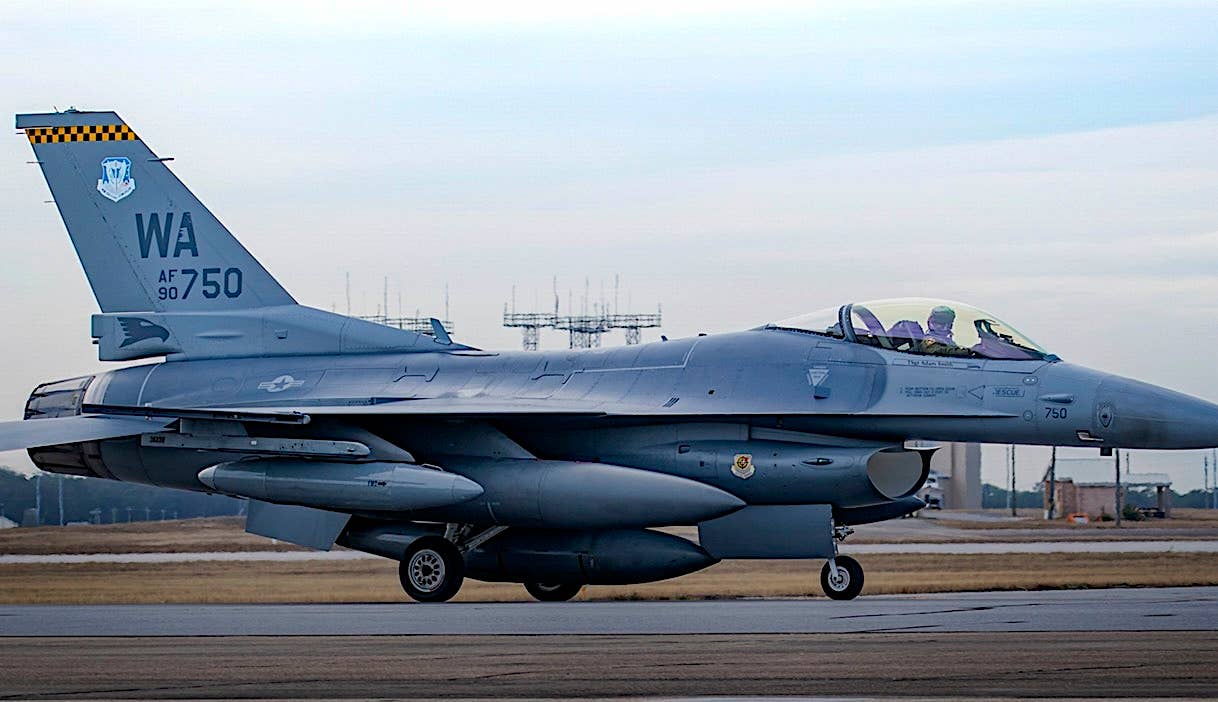
One of the first three F-16s arrives at Eglin AFB for modification to autonomous flying capability.
The U.S. Air Force announced yesterday (April 3) that the first three F-16 fighters have arrived at Eglin Air Force Base in Florida for autonomous flight modifications.
The USAF 96th Test Wing and 53rd Wing accepted the Fighting Falcons for participation in the Viper Experimental and Next-gen Operations Model – Autonomy Flying Testbed (VENOM-AFT) program.
Maj. Ross Elder, VENOM developmental test lead, said, “This transformative program holds the potential to redefine air combat paradigms by fostering novel autonomous functions for current and future crewed and uncrewed platforms. We look forward to the culmination of years of engineering and collaboration, as VENOM leads a measured step towards a new age of aviation.”
The Air Force said that test flying for the initial stages of the VENOM program will involve pilots in the cockpit to monitor the autonomous technology and to ensure that objectives are met. The pilots will also provide feedback to the data-collection effort during modeling, simulation and post-flight phases to “ensure the autonomy is making the appropriate decisions prior to and during flight.”
Lt. Col. Joe Gagnon, commander of the 85th Squadron, said, “It’s important to understand the ‘human-on-the-loop’ aspect of this type of testing, meaning that a pilot will be involved in the autonomy in real time and maintain the ability to start and stop specific algorithms. There will never be a time where the VENOM aircraft will solely ‘fly by itself’ without a human component.”
Gagnon added, “Rapid tactical autonomy development focuses on ‘speed-to-ramp,’ meaning, go as fast as you can, safely, to ensure we get CCA flying as quickly as possible.”


